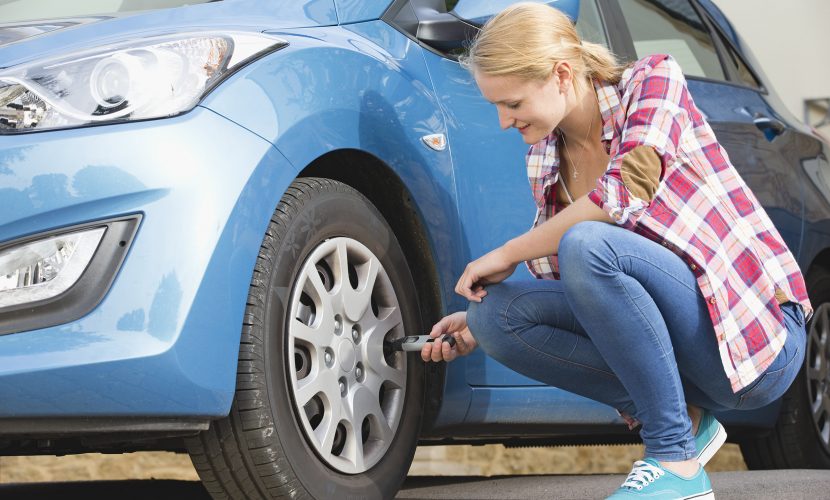
‘Moms Know Best’ Car Maintenance Tip 3: Tire Pressure
This blog series consists of questions from work-at-home mom Kimberly to Jamie Holmes at Master Mechanic about how moms can save money, stay safe, and extend the life of their vehicles.
What should the tire pressure be on my car?
Jamie: Has your vehicle ever drifted left or right when you wanted it to go straight? How about the way it rode or handled seemed to deteriorate over a short period of time? Or maybe fuel economy has dropped but your vehicle seems to be running fine. The cause of all of these issues could be one of the simplest but most overlooked maintenance items….tire pressure. The fact that tire pressure is pretty much ignored by drivers, caused the U.S. government to mandate that, tire pressure monitoring systems be installed as standard equipment on all vehicles beginning in September 2007.
Why is tire pressure important?
Jaime: The tires on your vehicle do a number of things to keep your vehicle rolling safely and reliably along while delivering the performance and economy you expect. In order to do this, they must be properly inflated. Besides reducing fuel economy and causing handling problems, an underinflated tire can in severe cases overheat and fail. Tires support the weight of the entire car and in order for them to do this effectively the sidewall of the tire must flex a bit, kind of like a spring. If the tire is not properly inflated it can flex too much causing the rubber in the sidewall to overheat and disintegrate. When the sidewall finally fails it results in what many people call a blowout. While blowouts do happen, it’s always due to a tire being driven while under-inflated.
So, how do we avoid any of the situations mentioned above? Simple, check your tire pressures at least every 2 weeks or if there has been a temperature change of more than 10°C either up or down. The easiest way to do this is to purchase your own tire pressure gauge. These are available at many retailers and come in a variety of styles and price ranges. I personally prefer the ones that have a round dial because I find them easier to read.
The last thing you need to know is “How much air is supposed to in my tires”? The tire pressure specification will always be listed in the vehicle owner’s manual. The next 2 places to look is, on the pillar of the driver’s door where the door latches or on the inside of the glove box door.
If you are unsure of how to properly add air to your tires visit your local Master Mechanic and we will be happy to show you how.

